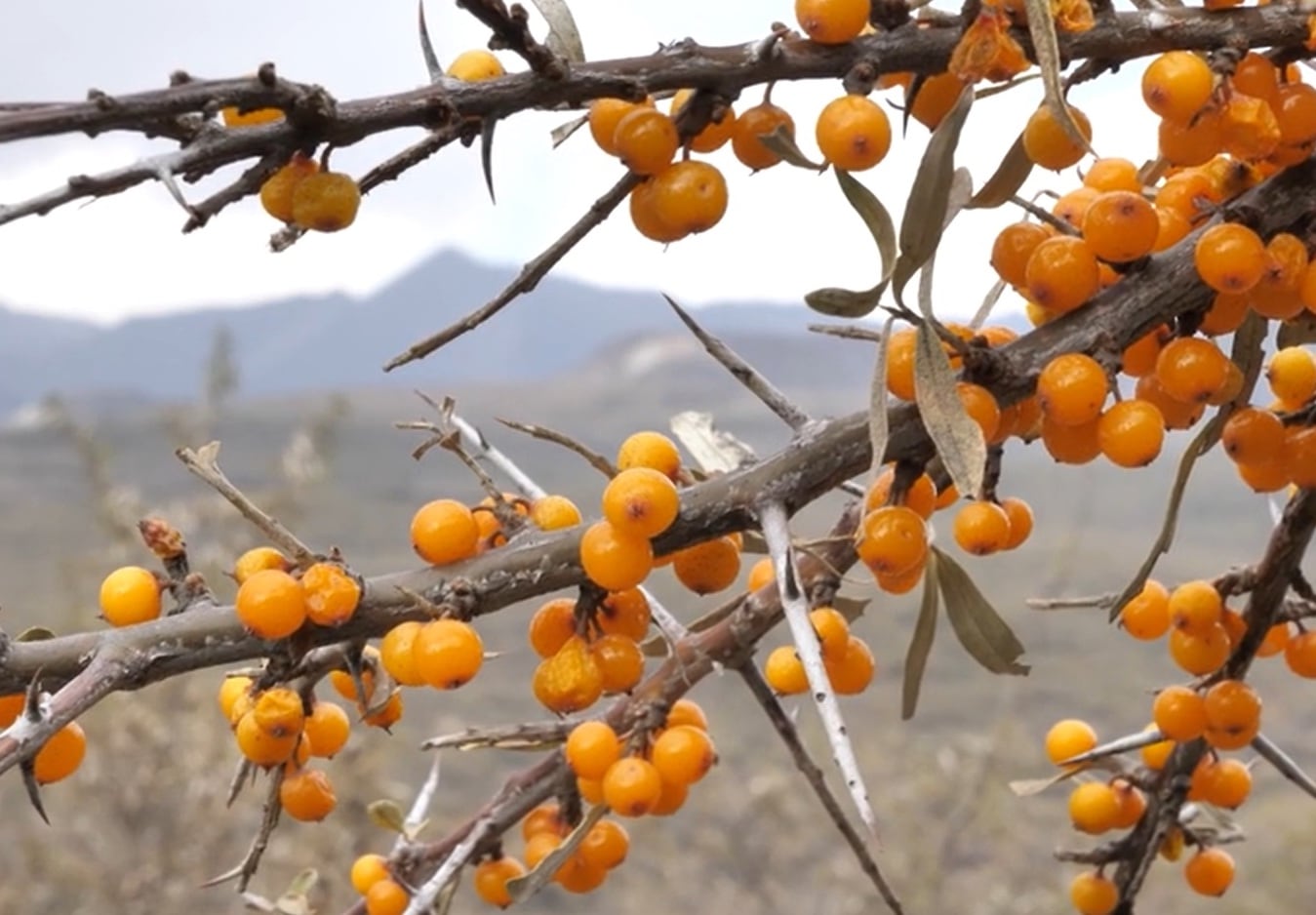Gitte Jensen, PhD, is the principal of NIS Labs, a contract research organization based in Klamath Falls, OR. For several decades, starting with a postdoc stint at the Cross Cancer Institute at the University of Alberta, then running her own lab at McGill University in Montreal and at NIS Labs, which she founded in 1999, Jensen has studied how the human body activates and employs stem cells. These initially undifferentiated cells are the foundation of the body’s repair machinery and also play a key role in a healthy immune system response.
Foundation in algae research
Jensen has done research which has explored the effects of compounds found in microalgae. As it turns out, Upper Klamath Lake, which abuts the city of Klamath Falls, plays host every year to abundant blooms of a particular strain of blue green algae long touted for its health benefits. Jensen’s expertise in algae research has also been employed in the study of astaxanthin-rich Haematococcus pluvialis.
Looking at sea buckthorn
Recently Jensen’s attention has been focused on compounds found in sea buckthorn berries. Sea buckthorn is a thorny, perennial shrub native to many parts of Asia as well as Northwestern Europe. The best berries with the most bioactives are harvested in various high altitude locations in the Himalayan region.
The plant has long been revered for its medicinal properties. Legend has it that during his push into Asia Alexander the Great released horses injured in battle to fare as they might in an area with many of the shrubs. The horses not only survived but prospered and when the Greeks next looked in on them they found a herd notable for their shiny coats, an outward sign of health. Thus the name of the plant: Hippophae, which combines the Greek words for ‘horse’ and ‘shiny.’
Similar legends hold that Genghis Khan instructed his troops to carry the berries to speed recovery from war wounds. Jensen said the berries of the plant have been an ingredient in Chinese, Tibetan and Mongolian herbal medicine traditions for more than a thousand years.

Jensen conducted a small scale, randomized double-blind, placebo-controlled crossover study to look into how the proanthocyanidins found in the berry affected stem cell activation. The study was published last year in the journal Clinical Interventions in Aging. The study recruited 12 subjects, eight women and four men, who ranged in age an in body composition from slender to borderline obese. The subjects consumed 500 mg of a proanthocyanidin-rich sea buckthorn extract or a placebo at two separate visits to the testing facility. Subjects remained calm and at rest for three hours during the administration of the test material (or the placebo). Blood was drawn at one hour for a baseline measurement, and then one hour and two hours after ingestion of the test material. Participants were also screened for confounding factors such as a high state of anxiety or being short on sleep, which could have skewed the results, in which case visits were rescheduled.
Particular stem cell expression boosted
Jensen and her co authors found that the sea buckthorn extract significantly increased the level of some specific endothelial stem cells, but not others. “The CD45dim CD34+ CD309- cells, CD45dim CD34+ CD309+ cells, and the CD45- CD31+ CD309+ endothelial stem cells showed significant mobilization above placebo within 2 hours,” they wrote.
Regardless of the stem cell type, just having more has been shown to be important, Jensen and her coauthors stated. While pluripotential stems cells are the most important type, there are indications that other kinds of stem cells—endothelial, mesenchymal, and hematopoietic—can revert to the pluripotential state and be available for additional repair processes.
“When the number of circulating endothelial progenitor cells was quantified in the blood of 509 individuals at risk for cardiovascular disease and the incidence of cardiovascular events in these individuals was monitored for 1 year, a significantly greater number of events took place in the individuals having fewer circulating stem cells,” they said.
“By documenting the ability of SBB-PE (sea buckthorn berries proanthycyanidin-rich extract) to support stem cell mobilization and to increase the number of circulating stem cells, we have uncovered a new mechanism of action behind many of the health benefits that have been historically associated with SBB,” they concluded.
Trying to understand the underlying mechanisms
Jensen said looking more closely at stem cell activation could change how researchers design their studies and help bring forth more trials that show significant results because there is a better understanding of the underlying mechanisms of action.
“When we look at plants that have health properties, we look at whether an underlying protective mechanism might be at work. Every time you take a concentrated dose of sea buckthorn extract you make a concerted effort to boost the number of stem cells in your circulation. You kick them into action to go in search of things that need repair,” Jensen said.
Jensen said future avenues of research could delver deeper into how this rapid mobilization of stem cells takes place. She said it’s quite likely that the gut/brain connection is involved, as stem cell levels start to rise before significant amounts of the contents of the berry extract could be digested and cross the blood/gut barrier.
“If you are consuming a natural product that works fast it is likely due ot a signal from the gut to the brain likely because of the vagus nerve or other pathways,” she said.
“I’m advocating for a deeper understanding in our industry how the many natural products we are working with are tapping into and supporting natural physiological processes,” Jensen said.
Source: Clinical Interventions in Aging
DOI: 10.2147/CIA.S186893
Authors: Drapeau C, Benson KF, Jensen GS




